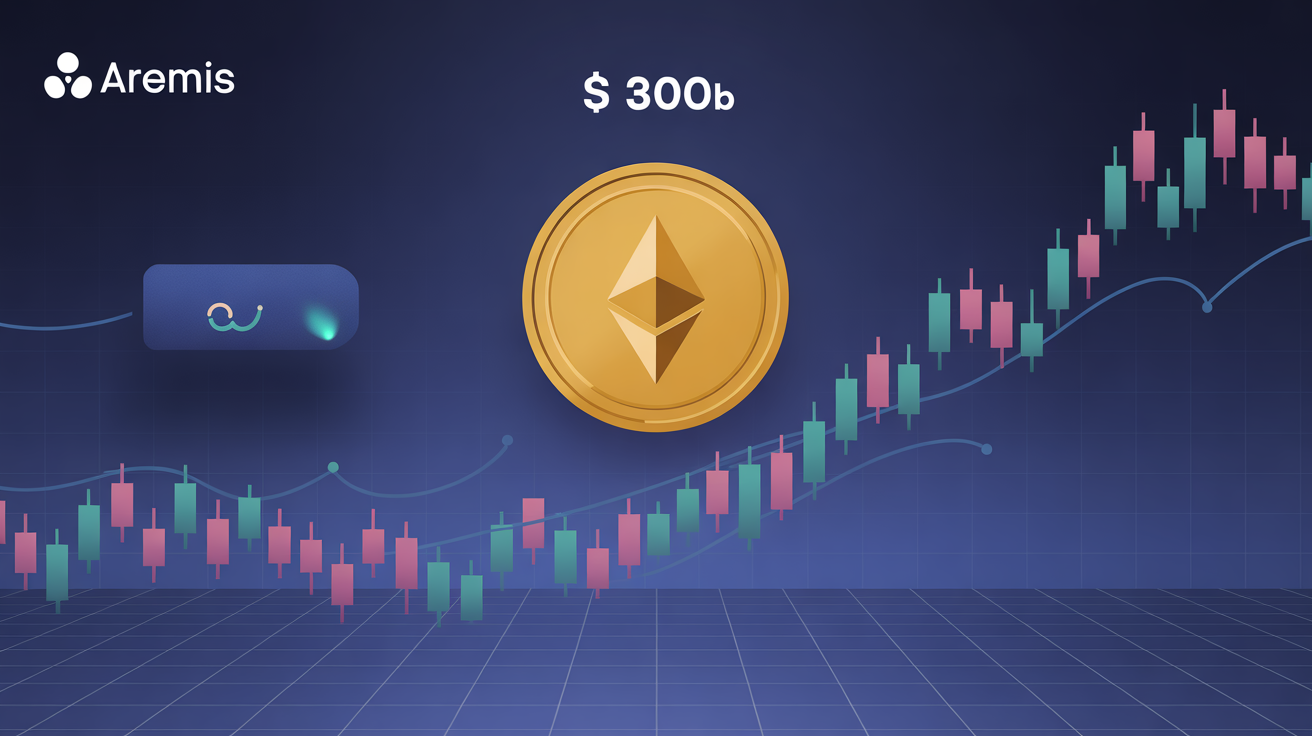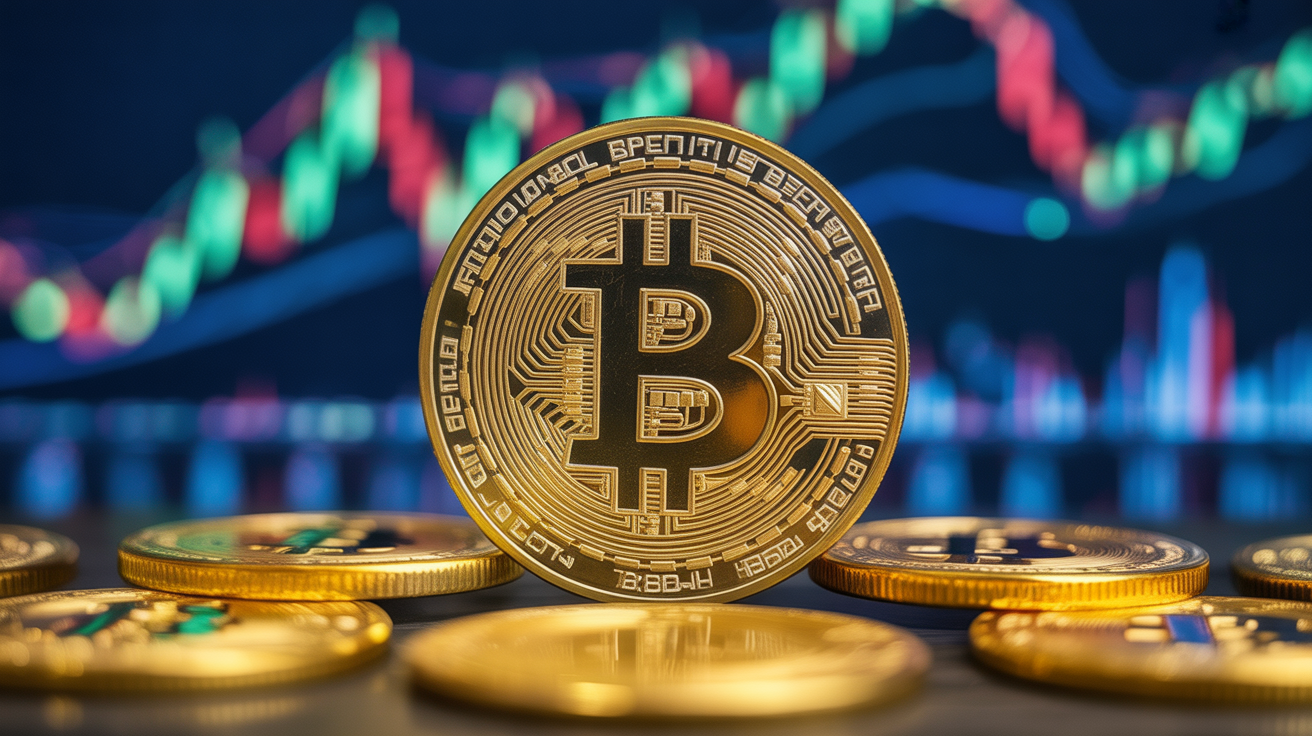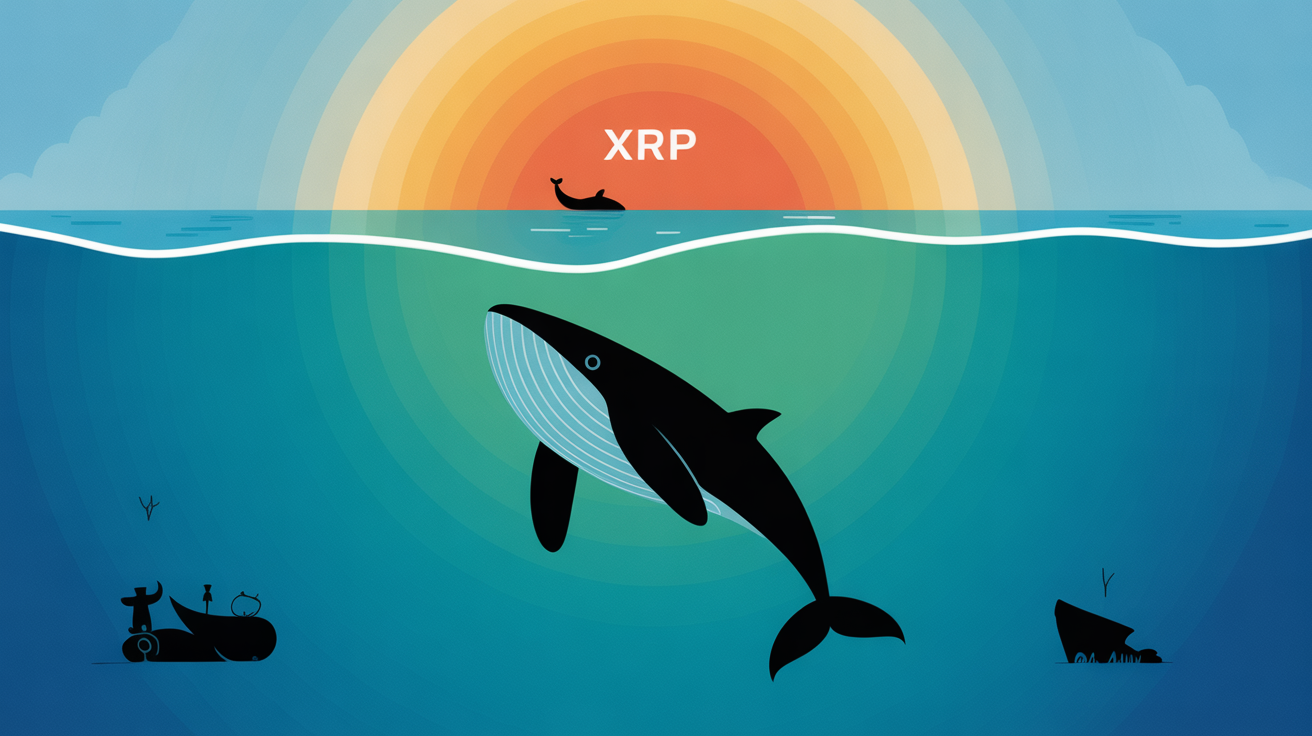
Stablecoin Market Nears $300B as New Platforms Expand Beyond Trading: Artemis
The stablecoin market has seen rapid growth over the past year, with total supply rising 72% to nearly $300 billion, according to data analytics platform Artemis.
Ethereum and Solana have driven much of this expansion, while the debut of Plasma marked a milestone, issuing over $6 billion in stablecoins in its first week—a record for a new chain launch.
Stablecoins, cryptocurrencies pegged to assets like the U.S. dollar or gold, provide key infrastructure for payments and cross-border transfers. Tether’s USDT and Circle’s USDC continue to dominate, together accounting for over 85% of the market, though their share is gradually being challenged by emerging issuers and platforms.
Artemis highlighted that the surge in supply is accompanied by expanding use cases. For instance, USD AI allows deposits to fund GPU loans for AI companies, turning stablecoin holdings into private-credit-like yield instruments. Plasma’s oversubscribed issuance shows how quickly new networks can bootstrap liquidity, while MiniPay on Celo signals renewed retail adoption, with transaction volumes rising sharply in 2025.
The report noted that stablecoins are increasingly mirroring banking functions. Squads now holds over $2 billion in assets—15% of Solana’s stablecoin supply—while RAIN’s Series B funding supports card-linked spending approaching $1 billion. Centralized exchanges such as Binance, OKX, and Coinbase are also offering payment rails, debit cards, and savings tools anchored in stablecoins, resembling neo-banks.
Artemis framed these developments as part of a structural evolution: stablecoins are transitioning from trading tools to a growing financial layer that mirrors core banking functions.






















